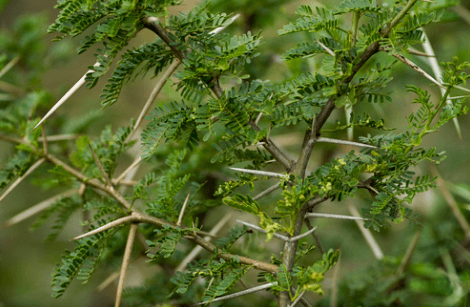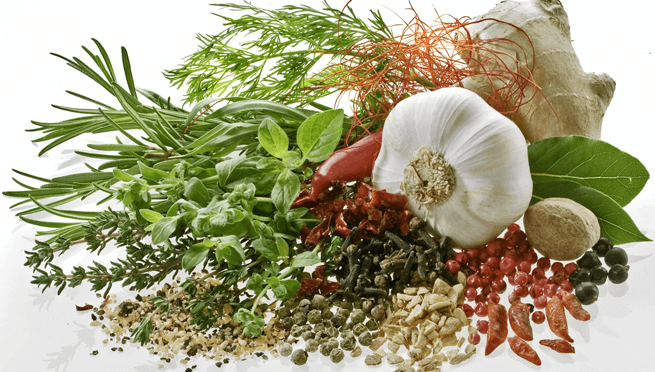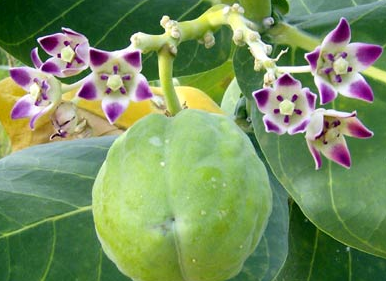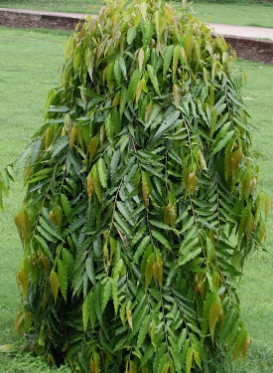Astragalus
 Native to China, astragalus has been used for centuries in traditional Chinese medicine. In the United States, the herb gained popularity in the 1980s. There are actually over 2,000 species of astragalus; however, the two related species Astragalus membranaceus and Astragalus mongholicus are the ones primarily used for health purposes.
Native to China, astragalus has been used for centuries in traditional Chinese medicine. In the United States, the herb gained popularity in the 1980s. There are actually over 2,000 species of astragalus; however, the two related species Astragalus membranaceus and Astragalus mongholicus are the ones primarily used for health purposes.
What It Is Used For
Historically, astragalus has been used in traditional Chinese medicine, usually in combination with other herbs, to support and enhance the immune system. It is still widely used in China for chronic hepatitis and as an adjunctive therapy in cancer. It is also used to prevent and treat common colds and upper respiratory infections. Astragalus has also been used for heart disease.
How It Is Used
The root of the astragalus plant is typically used in soups, teas, extracts, or capsules. Astragalus is generally used with other herbs, such as ginseng, angelica, and licorice.
What the Science Says
The evidence for using astragalus for any health condition is limited. High-quality clinical trials (studies in people) are generally lacking. There is some preliminary evidence to suggest that astragalus, either alone or in combination with other herbs, may have potential benefits for the immune system, heart, and liver, and as an adjunctive therapy for cancer.
Side Effects and Cautions
Astragalus is considered safe for most adults. Its possible side effects are not well known because astragalus is generally used in combination with other herbs. Astragalus may interact with medications that suppress the immune system, such as the drug cyclophosphamide taken by cancer patients and similar drugs taken by organ transplant recipients. It may also affect blood sugar levels and blood pressure. People should be aware that some astragalus species, usually not found in dietary supplements used by humans, can be toxic. For example, several species that grow in the United States contain the neurotoxin swainsonine and have caused “locoweed” poisoning in animals. Other species contain potentially toxic levels of selenium.






